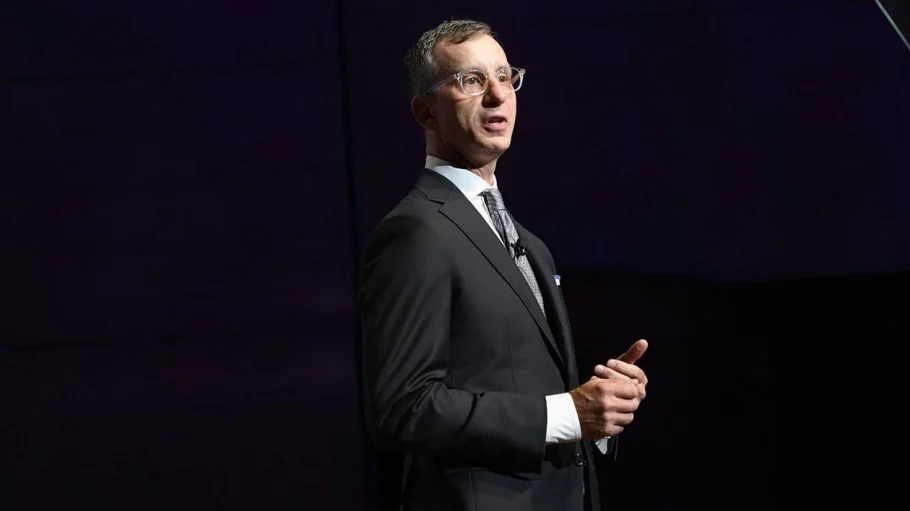Media
NMPA Announces Legal Campaign Against Unlicensed Apps at Annual Meeting | Billboard

The National Music Publishers’ Association is going after apps that skim music from digital services without getting the necessary licenses.
On Wednesday (June 15), during the NMPA’s annual meeting in New York at Avery Fisher Hall at Lincoln Center, the trade group’s president and CEO David Israelite announced a new copyright infringement lawsuit filed against the music video-making app Vinkle. This was the first action in a new campaign to bring the app sector into line with U.S. Copyright law, Israelite said, which will also include cease-and-desist notices sent to about another almost 100 apps that the organization believes are not properly licensed. These apps may integrate music through licensed streaming services, but do not have their own licensing deals with rights holders.
In a move that is bound to reverberate throughout the tech sector and likely to be well received by the music industry, Israelite said it is also including Apple and Google’s app stores in its campaign, sending them notices on the issue. He said those stores enable the apps that the NMPA says is disregarding copyright law.
“This is about the behavior of their app stores,” Israelite tells Billboard. “They are letting these apps scrape music off of their sites.” Both Apple and Google both offer music streaming services, he reminded members.
In order to illustrate how important this initiative is, Israelite said the NMPA’s past efforts in battling copyright infringement — which in many cases included legal battles against services that said that they didn’t need licenses for music —now include new services like exercise systems and gaming that contributed 29.11% of U.S. music publishing revenue in 2021.
In an effort to facilitate that apps get properly licensed and to help avoid lengthy and costly legal battles, Israelite said that the NMPA is partnering with Songclips, which provides a licensed solution for apps. The NMPA is also partnering with the ACT, the App Association, to help educate app makers about the legal requirements of music licensing. ACT claims it represents more than 5,000 app makers in Europe and the U.S.
“You can fight with the NMPA or come into being properly licensed with Songclips,” Israelite said of app makers. “Act will help its members make sure they know how to do [licensing] right.”
The NMPA has never lost a copyright infringement lawsuit, Israelite reminded the audience. In effect, the group is telling non-compliant app makers, “You can make a smart decision and get licensed, or shut down,” he said. “We expect to see quick results.”
In 2021, the NMPA says it calculates total U.S. publishing revenue at $4.7 billion. That breaks out to: 51% performance, 25.8% synch, 18.5% mechanical and 4.7% other.
Back in 2015, the U.S. music publishing industry generated about $2.5 million in revenue, so that means it has averaged 15.1% per year growth for an additional $4.7 billion since then.
The NMPA also collected $89.774 million for its members in 2021 through lawsuit victories and settlements, Israelite reported. That comes out to a 694.35% return on membership fees, he said. To date, these legal efforts have brought in nearly 1.126 billion.
Before announcing the campaign against unlicensed apps that will likely result in more revenue tomorrow, Israelite told NMPA membership that the most important issue currently facing music publishing is the Copyright Royalty Board battle with digital service providers for the royalties of today.
He reminded the audience that the NMPA went into Phonorecords IV — which covers the five-year period of 2023-2027 — pushing for the music publishing royalty formula to increase to 20% of revenue or 40% of what the service pay record labels, whichever is greater for the all-in pool that covers both performance and mechanical royalties. After the all-in pool is determined, public performance royalties would be subtracted and the resultant pool would then be measured against a pool created by multiplying the number of a service subscribers against $1.50, and whichever pool is greater would be the mechanical pool. Beyond that, the NMPA is also asking for a per-stream mechanical minimum of $0.0015 per play.
Those rates, which escalated each year in the 2018-2022 period in the initial CRB ruling, are supposed to be 15.1% of service revenue or 26.2% of what’s paid to labels for 2022. But the digital services successfully appealed the CRB determination, so the CRB rates for the period ending on Dec. 31, 2021, are still up in the air on remand.
In the meantime, digital services have taken varying stances on what rates to pay. Spotify and Amazon Music, for example, have reverted back to the 2013-2017 rates of 10.5% of revenue and 21% of payment to labels. (Those headline rates were carried over from the 2008-2012 Phonorecords I term when streaming was still in its infancy.)
If the digital services had paid at the levels determined by the CRB Judges before the appeal, and if the webcasters agreed to pay publishers the same rate they pay labels — the way its done in the rest of the world — those two things combined would have brought in another $1.2 billion to publishers last year, Israelite lamented.
Going forward, he said, the performance rights organizations would try to get their fair share of payment from radio services. Meanwhile, the Radio Licensing Music Committee filed a petition during or shortly after the meeting requesting consolidated performance rights organization rate proceedings before a single designated judge. That would, in effect, pit ASCAP and BMI against each other — a motion Israelite condemned during the meeting.
As for the current CRB trial, Amazon and Spotify are asking the CRB judges for the very same headline rates for Phonorecords IV that were in existence from 2008-2017. But Isrealite warned that’s worse than it seems and the digital services could be seeking the lowest rates in history thanks to huge carve outs and gimmicks to the definition of service revenue and expanded discounts that would reduce service revenue.
NMPA rate proposal, if granted by the CRB Judges, would generate $15.96 billion in all in mechanical and performance royalties from on-demand streaming services based on the the U.S. music industry’s projected growth for the next five year period, Israelite said. In contrast, Spotify and Amazon’s proposal would only bring in $8.016 billion. “What’s at stake?” Israelite asked. “$7.84 billion.”
Looking at the U.S. music industry by numbers, Israelite said that the NMPA counts nearly $9.775 billion in revenue brought in by 47 services fielding 151 tier models in 2021. But the big five — Amazon, Apple, Google, Pandora and Spotify account for 96% of revenue.
Of that total revenue, the services paid $5.728 billion to record labels, or 58% of revenue. Publishers, meanwhile, were paid $1.313 billion in mechanical and performance royalties, or 13.4%. Services retained $2.733 billion, or 28% of revenue, based on those calculations.
Making his case, for the first time ever, Israelite revealed royalty rates — combining both mechanical and performance — for each of the major services based on 2021 data from the Mechanical Licensing Collective. Here those are:
- Amazon Music paid $2,285 for 1 million streams, or nearly $0.00229 per stream
- Apple paid $1,916 for 1 million streams, or nearly $0.0012 per stream
- Spotify paid tier handed over $1,160 for 1 million streams, or nearly $0.00116 per stream
- Spotify’s ad-supported tier paid $745 for 1 million streams, or nearly $0.00075 per stream
These services account for 81% of the total U.S. subscriber base, according to the NMPA.
Moving forward, the NMPA says it plans on issuing a monthly report card of data just like this, providing analysis and raking on all the services using the MLC data.
Read on Billboard.
